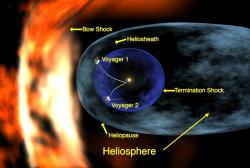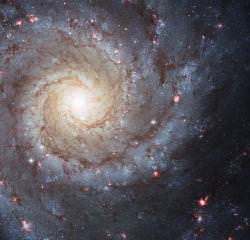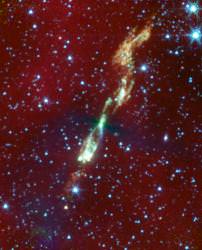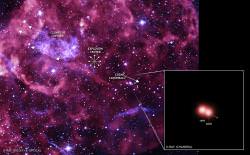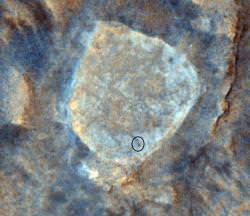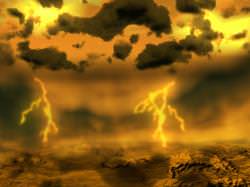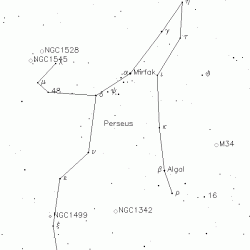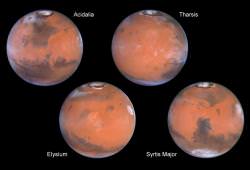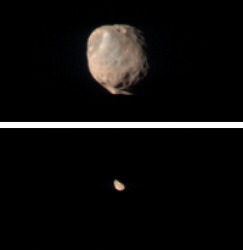NASA’s Voyager 2 spacecraft is about to cross another milestone on its long journey leaving the Solar System. According to researchers at the University of California, Riverside, the plucky spacecraft is about to pass through the “termination shock”; the point at which the Sun’s solar wind slows down to subsonic speed.
According to UC Riverside researcher Haruichi Washimi, the spacecraft will cross the termination show in late 2007-early 2008. This research will be published in the December 1st edition of The Astrophysical Journal.
As you probably know, there’s a blast of particles coming from the Sun at all times. This stream of charged particles is called the solar wind, and it’s moving at supersonic speeds when it leaves the Sun.
At a certain region of space, between 11 and 13.5 billion km (7-8.5 billion miles) from the Sun, this solar wind is decelerated to less than the speed of sound because of interactions with the interstellar wind that permeates the Milky Way.
Once Voyager crosses the termination shock, it’ll be in the outer heliosphere. Actually, though, it’s going to have to cross the termination shock multiple times. That’s because this line fluctuates inward and outward depending on the strength of the solar wind.
Washimi’s calculations predict that the spacecraft will pass through the shock later this year, and then again in the middle of 2008.
The final stage in the Voyagers’ journey will occur when they reach the heliopause; the boundary where the interstellar medium completely halts the solar wind. After that, they’ll be out of the Solar System, and just traveling out into the galaxy.
Original Source: UC Riverside News Release

